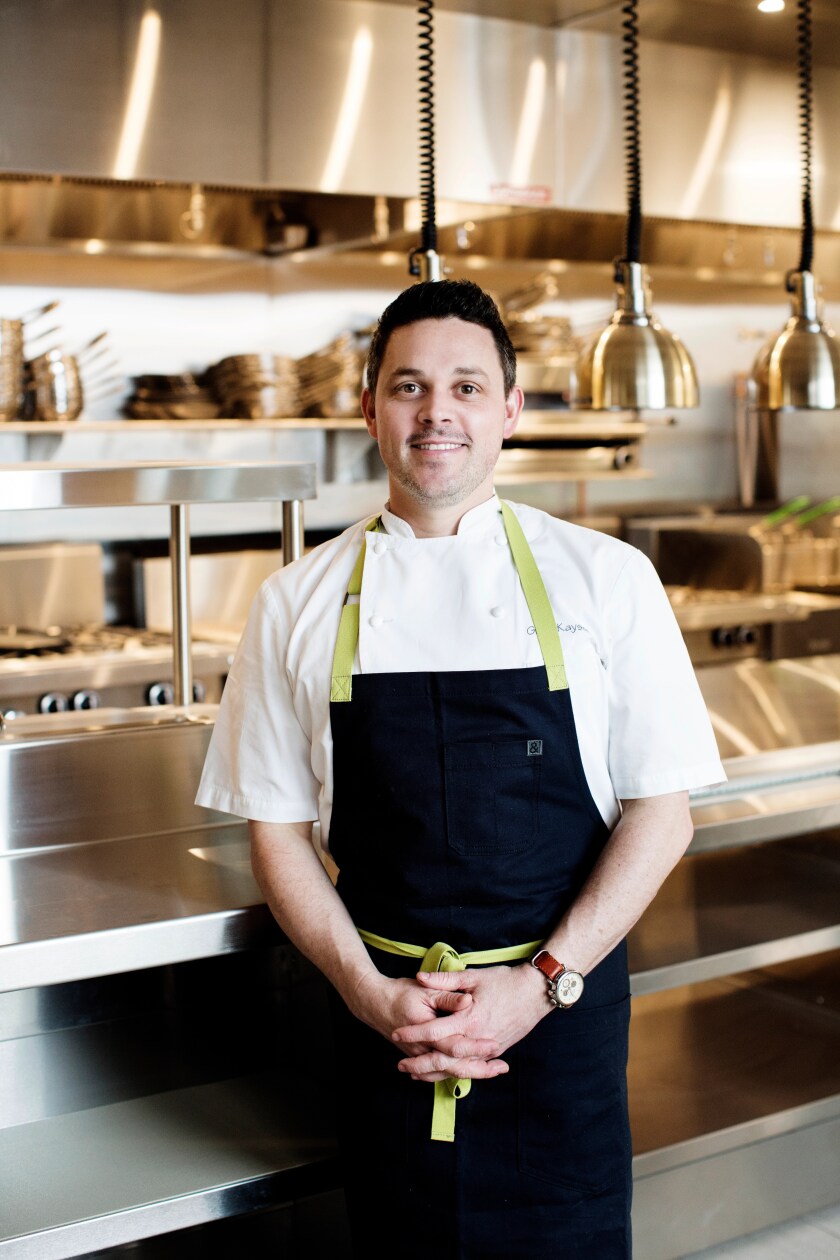ST. PAUL -- Twin Cities diners are finding a new item pop up on their restaurant check and the “tip” line eliminated.
In place of tipping, many restaurants have introduced a service charge model. But what exactly does the service charge do, and is this what the future of the local restaurant industry looks like?
Many restaurateurs say the tipping model is archaic, and studies, including one by One Fair Wage and the University of California-Berkeley, have shown that there are large tip disparities between white men and women of color, with the former making $2 an hour more than the latter, on average. Racial and gender-based issues aside, tipping makes it difficult for restaurant workers to earn a liveable wage and creates an every-man-for-themselves environment within restaurants.
“I think most restaurant people know that there is a feeling that the back of house and the front of house are not necessarily one dream team because of how the pay discrepancy always shakes out,” said Gina Mangiameli, co-owner of Chip’s Clubhouse. When the restaurant opened in the Mac-Groveland neighborhood in February, it had a service charge model in place.
Under the traditional tipping model, front-of-house employees — waitresses, bartenders and their support staff (server assistants and food runners) — receive tips or are tipped out, leaving the folks who make the food or wash the dishes with different wages.
ADVERTISEMENT
“It’s never anywhere close to what servers are taking home as far as an hourly wage,” Mangiameli said.
Under the service-charge model, 18-21% is added to the tab, and it goes to the entire staff, both front and back of house.
Throughout their time in the restaurant industry, the co-owners, Mangiameli and Tara Coleman, have worked for big and small restaurant groups in and out of state. For larger restaurant groups, Mangiameli said, it was easier to provide fair wages to their employees with a tipping model in place.
“But when you’re struggling or when you’re a small business, it’s really hard with the way the margins are set up to be able to pay people fairly for the really hard work that cooking food and cleaning up entails,” Mangiameli said.
The base price of a menu item includes everything that gets arancini or rigatoni prepped before a customer comes in, Estelle’s CEO and partner, Peter Sebastian, explained. But the service charge represents all the effort it takes to cook that rigatoni and get it on your plate and to your table on the night that you visit.
When the pandemic hit, Sebastian sensed a morale shift in the team.
“We knew that people were getting burned out,” Sebastian said. “And so, along with trying to figure out a better way to schedule people and a better way to balance our team, we started talking about how we balance income a little better.”
Estelle came up with a service charge model that is also commission-based, allowing for staff to earn higher wages when the restaurant is busier while continually distributing the wages among the staffers fairly.
ADVERTISEMENT
“That tip is not just the server’s service, it’s the whole experience. Were the drinks and the food good? Did they come out quickly? And I think that’s the piece that’s missing. It does take a team to create a great experience, not just one person,” he said.
Many local restaurants have converted from tipping to service charges during the pandemic as COVID-19 working conditions have pushed service workers to their limit. But a few restaurants experimented with service charges and then reverted to the tipping model.
At Troy Reding’s restaurants (Holman’s Table and Rock Elm Tavern) the company implemented a service charge of 20% and has since changed back to tipping.
The widespread staffing shortage in the hospitality industry was part of the reason the group changed back to a traditional model. According to Reding, when the restaurant returned to the tipping model, it became easier for the business to hire servers and bartenders.
“I think people are resistant to change. People who have served and bartended are used to having cash and getting cash tips and walking out the door with cash,” Reding said, “and that’s a difficult transition for people to operate from a weekly paycheck versus daily cash.”
The customers, too, were resistant to change.
“I got tired of reading negative reviews from guests stating that we were trying to take money from servers and bartenders, that we’re forcing guests to spend more money,” Reding said.
Many restaurants who eschew the service charge model do add a wellness charge to checks in order to help pay for health benefits for employees. Reding’s group adds 3% to all checks to fund medical and mental health insurance as well as retirement plans for hourly and salaried workers.
ADVERTISEMENT

Some restaurant owners, including chef Gavin Kaysen, began using a service-charge model before the pandemic.
“The shift away from tipping is an inevitable one as our profession continues to evolve. It may not be a model that works for every restaurant business, but we find it the best way to provide for our teams,” Kaysen said.
Kaysen has implemented a service charge at all of his restaurants, starting with Demi in 2019, then translating the model into Spoon and Stable last summer.
So is the service charge model the future of local dining? Sebastian of Estelle considers it “a future.”
“I think an alternative future would be customers slowly becoming educated to the true costs of dining out,” he said. “In an ideal world, customers understand the high costs that go into a dining experience — all that it takes to put that plate of food on the table.
“Until people accept that in order to do this at a higher level, it takes a higher cost — it’s really hard to see us going that way. But I think a service charge gets us closer.”








